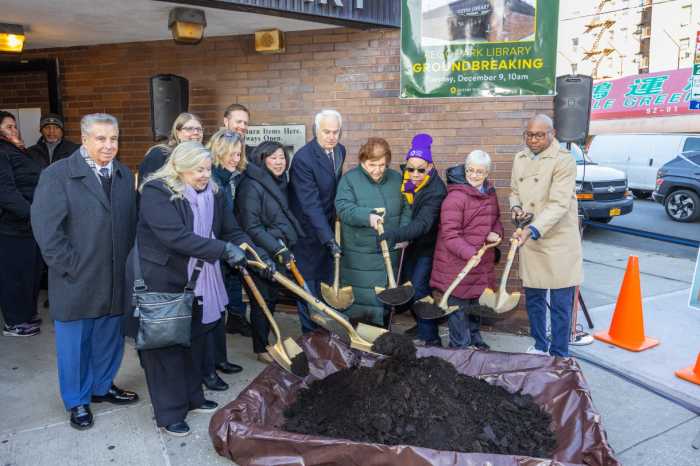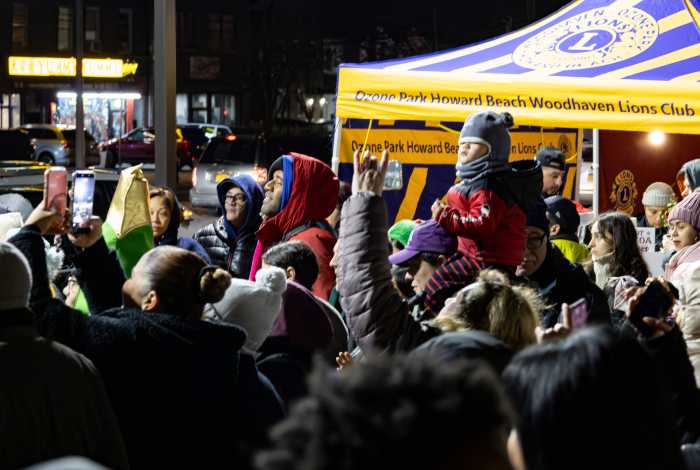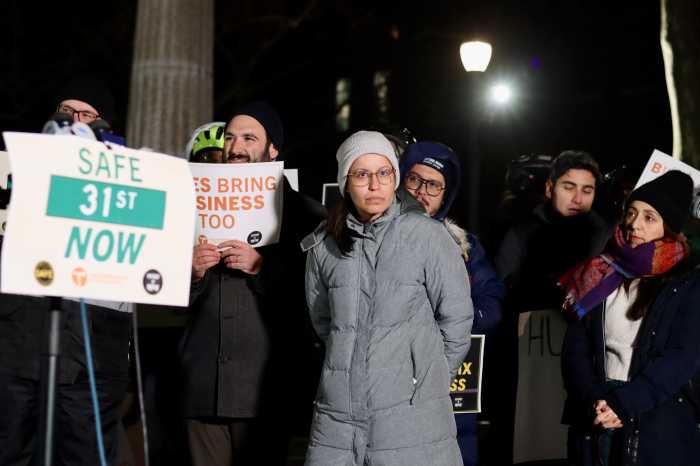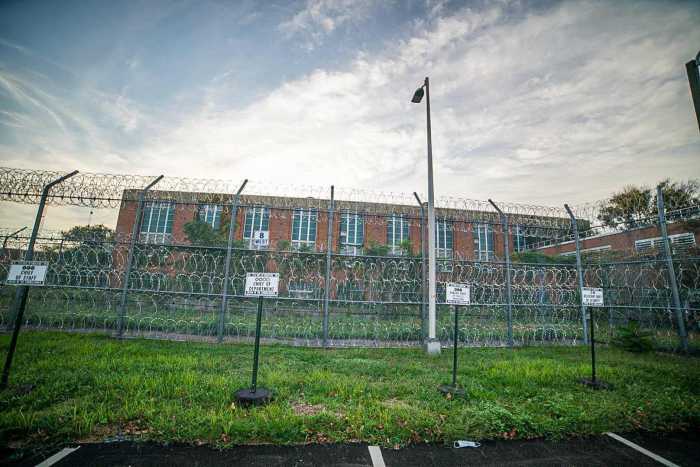A new report by the Citizens’ Committee for Children (CCC) found that while the child poverty rate in Queens has decreased, certain parts of the borough are still struggling with issues such as housing stability, children’s health and access to early education.
The report, titled “Keeping Track of New York City’s Children,” gives readers a comprehensive look at trends affecting the well-being of families and the 1.8 million children that call New York City home.
Researchers analyzed key factors in each Queens community board including demographics, economic security, housing, health, education, youth, and family and community, to not only provide a snapshot of child well-being but to recommend policies to improve children’s lives.
This report looked at data from 2012 through 2015 and found that the child poverty rate in Queens declined from 23.2 percent to 18.8 percent during the five-year period. The overall child poverty rate in New York City in 2015 was 28.6 percent compared to 31.4 percent in 2012.
But other key indicators show that Queens children and their families are still struggling.
In Jackson Heights, Elmhurst and Corona rent burden and rental overcrowding are prevalent in many households. In Elmhurst and Corona, nearly one in four households are rent burdened, which means households spend at least 50 percent of their income on rent. This number has increased from 35.4 percent of households considered rent burdened in 2012 to 37.3 percent of households being rent burdened in 2015.
The report also found that nearly one in four households in Elmhurst and Corona are overcrowded, which means there is more than one person living in each room. Asian (15.6 percent) and Latino (15.2 percent) households experience more rental overcrowding than white (4.8 percent) or black (7.7 percent) households, the report found.
Three Queens neighborhoods also experience a high child mortality rate, the report found. Jamaica (6.2 infant deaths per 1,000), the Rockaways (6.3 infant deaths per 1,000) and Queens Village (5.7) have some of the highest infant mortality rates in the city.
Mayor Bill de Blasio recently announced the expansion of his ‘3-K For All’ plan in neighborhoods like Ozone Park, Howard Beach and Broad Channel. The CCC report found that Howard Beach, among other neighborhoods, experiences a much lower early education enrollment rate than the rest of the city.
Flushing, Howard Beach, Woodhaven, and Ridgewood have some of the lowest rate of early education enrollment in the city.
In Ridgewood, early education enrollment increased from 42.8 percent in 2012 to 48.4 percent, which is still below the 60 percent enrollment citywide.
In Flushing, early education enrollment actually decreased from 54.7 percent to 44 percent. Early education enrollment also decreased in Woodhaven from 49.1 percent to 47 percent and decreased slightly in Howard Beach from 50.5 percent to 49.2 percent.
Jennifer March, executive director of CCC, said that the city has taken important steps “to build a more equitable city” but that families have “experience a slow recovery since the Great Recession.”
“Coming off citywide elections, we must acknowledge progress where it’s been made – with efforts like minimum wage increases, expansion of sick leave, pre-k for all four year olds and now 3-K, universal after-school for middle school students, affordable housing development, free lunch for all public school students, the Thrive initiative to address mental health needs, and more – and identify opportunities to build on these successes to better address the barriers to well-being children and families continue to face in their daily lives,” she said in a statement.
The report also outlines steps the city should take to foster economic mobility among families and children. These suggestions include making sure that the roll out of Pre-K and 3-K “promotes an integrated system serving all race, ethnicity and income groups” and to achieve salary parity among licensed teachers and staff.
The CCC also argues that as more affordable housing is built, parks, playground, food retail and community spaces should also be a priority. Transportation options should also be bolstered in the form of reduced-priced MetroCards to promote school and labor force participation and economic mobility. The report also suggests that vans, shuttles and buses be offered in transportation deserts.
The prevention of homelessness should also be strengthened, the report argues, along with investments in services while children are homeless.
“These data tell us that there has been encouraging progress across a wide range of issue areas positively impacting children and families,” said Apurva Mehrotra, director of Research and Data Analysis for CCC. “At the same time, all New Yorkers should be concerned about the wide disparities that persist by race, ethnicity and community. This data book is a call to action for New Yorkers to do better by our city’s children by prioritizing policies, budget decisions, legislation, and programs that ensure that no child’s fate is determined by his or her race or ethnicity or by zip code.”
To view the full report, visit the CCC’s website.





































